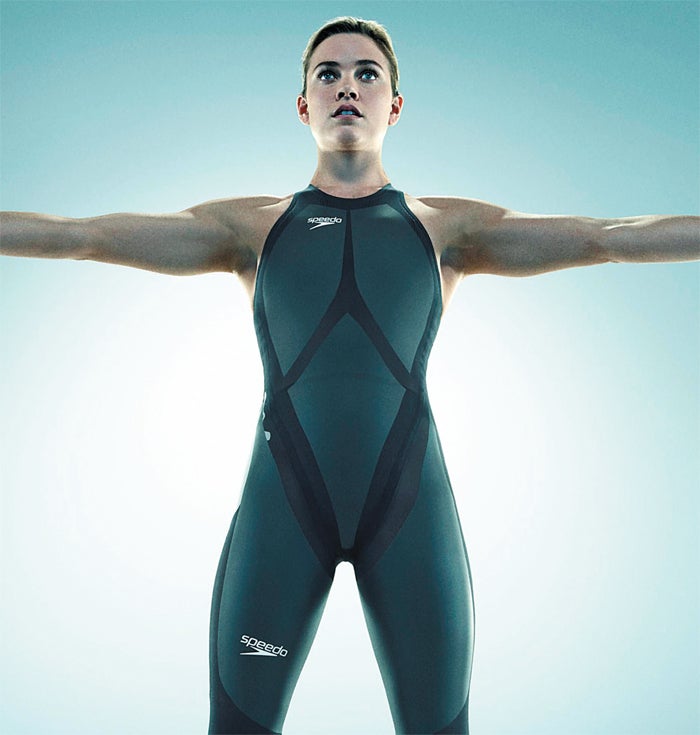The winning combination: Sports and Engineering

Ten ways in which engineering is helping athletes achieve their best results across the field.
Sports engineering is a relatively new and increasingly expanding discipline and with athletes from every sport looking for an edge, it’s set to make the headlines.
1. Speedo recently launched their new LZR Racer swimsuit.The streamlined swimsuit, which has prompted many complaints from swimmers that it will give wearers an unfair advantage in the water, is a far cry from the all-wool suits of years gone by.
2. Researchers from Edinburgh and Sheffield Hallam Universities have developed new software called a Glide Coach using mathematical equations that identify and therefore aim to reduce swimmers drag in the water.
3. A cycling team in the US are piloting a new scheme which is hoped will clean up the sport. Each cyclist will be fitted with a PDA that will monitor their vital signs, as well as allowing them to be updated by their backroom team.
4. Motor sports engineering generates about £3bn a year in the UK alone.
5. Video technology allows specialists to monitor sporting injuries as they heal, while Footscan technology can highlight potential structural problems in athletes’ feet and legs.
6. From cricket to snooker, Hawk-Eye cameras are now being used across the sporting world.The sixcamera ball trajectorypredicting technology is set to be used in football matches in the near future.
7. A new Sports Technology Centre has opened at Loughborough University. It is hoped that the new £15m centre will research new technologies to help athletes at the 2012 Olympics in London.
8. In many sports engineering degrees, you learn about the workings of the human body alongside traditional engineering principles.
9. Sports engineers have helped develop the next generation of sports shoes, with magnetic sensors, intelligent technology and adaptive soles.
10. Oscar Pistorius, a South African athlete who had both his legs amputated when he was a baby, runs on carbon-fibre blades that allow him to perform at the same standard as able-bodied athletes, but using 25 per cent less energy.
Subscribe to Independent Premium to bookmark this article
Want to bookmark your favourite articles and stories to read or reference later? Start your Independent Premium subscription today.

Join our commenting forum
Join thought-provoking conversations, follow other Independent readers and see their replies